Way back a long time ago, when I was a junior in high school, my teacher of U.S. history sadistically assigned his class, as requisite to passing the course, what seemed like impossibly obscure topics for research papers. Obscurity is in the eye of the beholder, of course, and to a 16-year-old underachiever, the prospect of delving into the life and work of one Thomas Cole, father of the Hudson River School in the fine arts, was akin to being sentenced to a gulag to mine coal, barehanded. This was far before the internet, Google, and the rest; it was merely the dawn of the PC age itself. Research meant legwork at the library, and my subject Thomas Cole required travel to the public libraries of neighboring towns which, to me, was as unheard of as Cole himself. It was a good thing my friend Tim had access to a car – would have been even better if one of us had a driver’s license – so to foreign libraries we went to achieve our respective advancements in knowledge.
If you had tried to tell me then that decades later I would happily drive 250 miles to enjoy lectures on topics ranging from our Mr. Cole to the KKK, I would have smacked you, but there I was at the Scottish Rite’s National Heritage Museum in Lexington, Massachusetts last April being impressed by David Bjelajac’s talk, augmented by PowerPoint graphics of Cole’s work.
It’s funny what happens when you get a little culture in you.
Turns out Thomas Cole was a Freemason who made symbols familiar to the initiated eye key components in some of his work. Professor Bjelajac will appear at Cedar Grove, the Thomas Cole National Historic Site, on Sunday, March 6 to present his lecture Thomas Cole, Freemasonry and the American Hercules.
The lecture will begin at 2 p.m., and tickets, at $8 each, will be available on a first come, first served basis.
From the Cedar Grove website:
Thomas Cole, Freemasonry and the American Hercules
Thomas Cole became a Freemason in Zanesville, Ohio, during the summer of 1822, and soon composed sublime mountainous views that drew upon Masonry’s mysterious emblems. First publicized in New York newspapers by William Dunlap, a brother Mason, Cole’s paintings captured the patronage of the Empire State’s Masonic elite. David Bjelajac, Professor of Art and Human Sciences at George Washington University, reinterprets Cole’s The Titan’s Goblet (1833), which honored New York Governor De Witt Clinton, Erie Canal builder, art academician and leading Freemason. This small, enigmatic painting draws upon Masonic ritual and Herculean myth, and looks forward to Cole’s famed Course of Empire and Voyage of Life series.
 |
| The Titan's Goblet is on exhibit at the Metropolitan Museum of Art. |
 |
| Thomas Cole's The Voyage of Life series is on view at the National Gallery of Art. This is Childhood. |
 |
| The Voyage of Life: Youth. |
 |
| The Voyage of Life: Manhood. |
 |
| The Voyage of Life: Old Age. |
Please pardon these low resolution images. Reproductions of these oil-on-canvas works are available in various media if you shop around.
From the National Gallery’s website:
Cole’s renowned four-part series traces the journey of an archetypal hero along the “River of Life.” Confidently assuming control of his destiny and oblivious to the dangers that await him, the voyager boldly strives to reach an aerial castle, emblematic of the daydreams of “Youth” and its aspirations for glory and fame. As the traveler approaches his goal, the ever-more-turbulent stream deviates from its course and relentlessly carries him toward the next picture in the series, where nature’s fury, evil demons, and self-doubt will threaten his very existence. Only prayer, Cole suggests, can save the voyager from a dark and tragic fate.
From the innocence of childhood, to the flush of youthful overconfidence, through the trials and tribulations of middle age, to the hero’s triumphant salvation, The Voyage of Life seems intrinsically linked to the Christian doctrine of death and resurrection. Cole’s intrepid voyager also may be read as a personification of America, itself at an adolescent stage of development. The artist may have been issuing a dire warning to those caught up in the feverish quest for Manifest Destiny: that unbridled westward expansion and industrialization would have tragic consequences for both man and nature.
The name Bjelajac is uncommon, so if it rings a bell for you, it may be because the professor is related to Bro. Michael Bjelajac, Past Master of Gate City Lodge No. 2 in Atlanta.






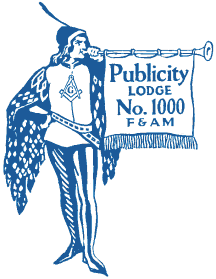

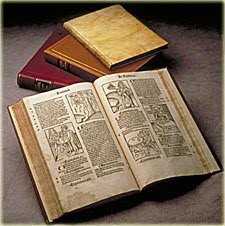


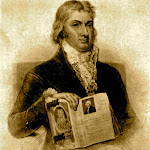




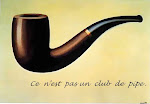
















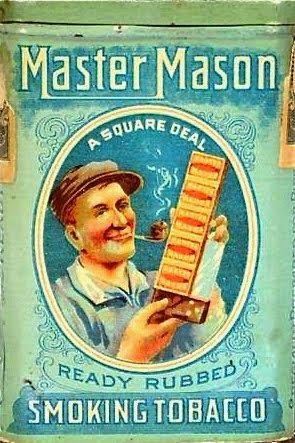


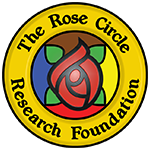

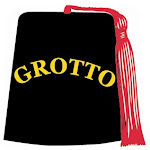








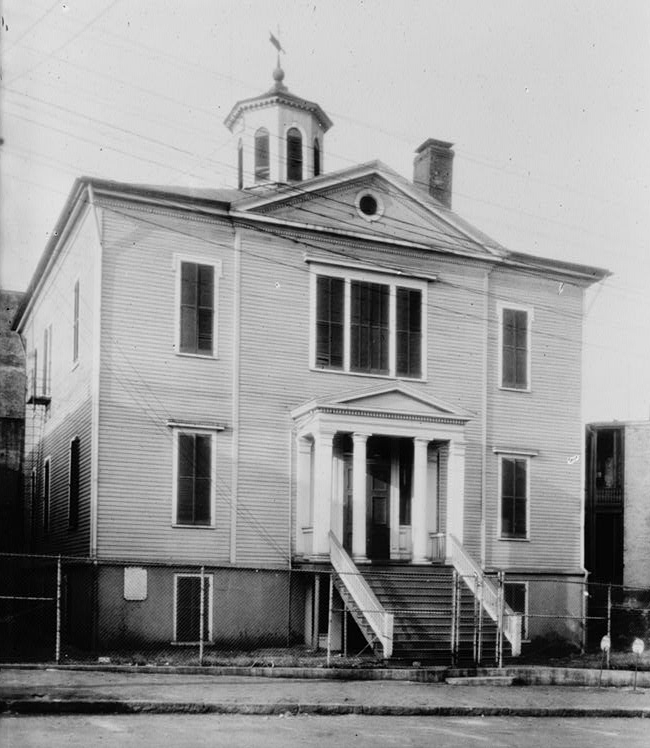
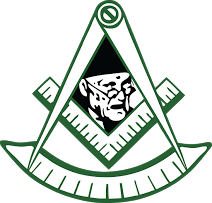
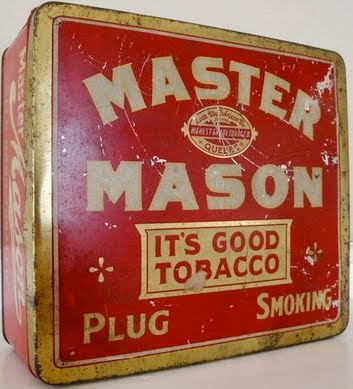



2 comments:
I've long been enamored of Cole's "Voyage of Life" set.
You damn East Coasters get all the good events.
Well, maybe not ALL the good events, but we are very fortunate. And I need to do a better job of remembering that. While I often grouse and grumble to myself over having to leave the state to find Masonic events more sophisticated than hotdog eating contests, I am damn lucky to be so near to Manhattan. And Philly, DC, Boston, et al.
Post a Comment